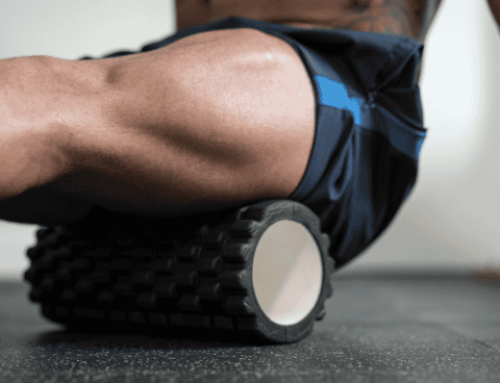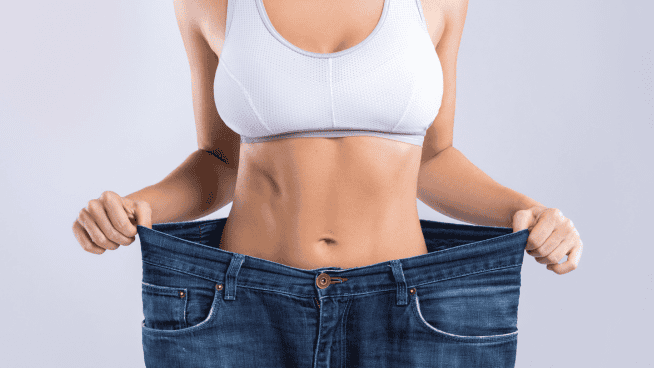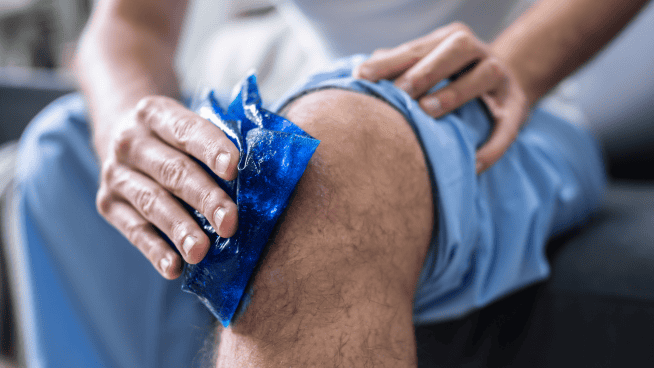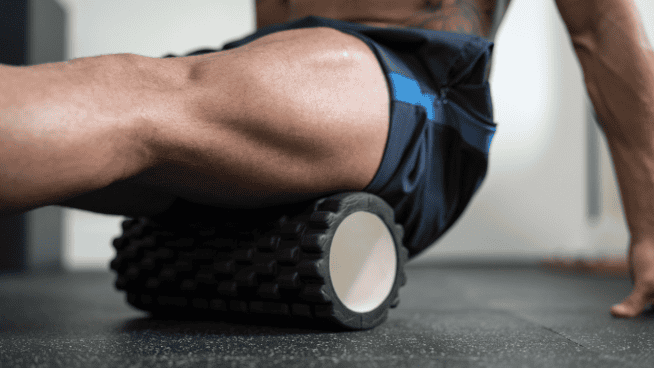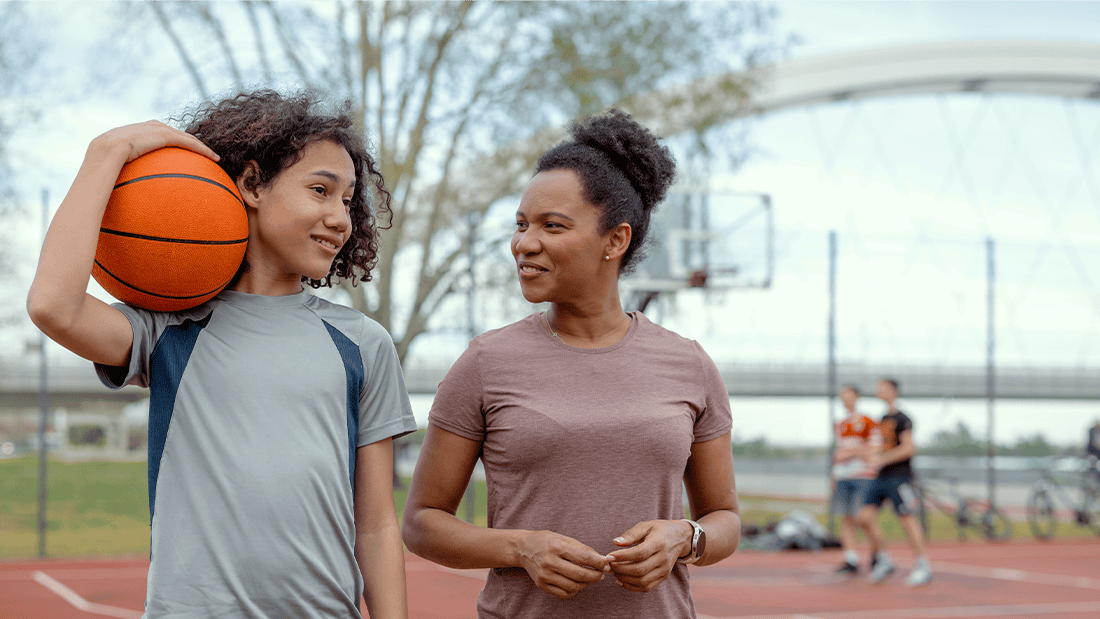Wearing Running Shoes While Weightlifting Can Kill Your Strength Gains
Next time you head into a Globo Gym-style commercial gym, take a look around and check out the footwear your fellow gym goers are sporting. Chances are many will be wearing running shoes, yet they won’t be doing any sort of running.
When selecting shoes for your training session, it’s vital to think about what you will actually be doing. If you will be running, then sure, grab the running shoes. But if you are going to be in the weight room squatting, deadlifting and performing other popular strength exercises, then you need the right shoe for the job. Running shoes aren’t it.
Why not?
Running shoes are very cushy and supportive. And for good reason: when you are running, you need cushion and support. Especially when you’re running outside, you need your footwear to have a little give to handle change in incline and surface (rocks, tree roots, etc.). This is not what you want when you’re lifting heavy weight. Next time you see someone lifting in a running shoe, watch their foot. You will see it moving all around, something that’s not good when you have a hundreds of pounds on your back or in your hands. The extra cushion found in running shoes makes them unstable under heavy loads. When you try to lift in a running shoe, the added load will cause slight shifts side to side, and forward and backwards.
That wiggle is essentially an energy leak, as it reduces the amount of force you can put into the ground. That means weaker, less explosive lifts. Your feet are your only ground contact points. Trying to be as strong and explosive as possible on shaky, unstable footwear is the equivalent of trying to build a house with no foundation.
So, what do you want from a training shoe?
You need to find a shoe that is completely flat, and it should have a hard sole as well. Something equivalent to a Converse will work great. Some other great options on the market are Nike Metcons, No Bull Trainers, New Balance Minimus trainers, Reebok Nanos and more.
Your training shoe should have support on the sides. There are some athletic type shoes that are almost like a sock with no lateral support. Try to do a movement like a lateral lunge or a hard cut while doing an agility drill in these shoes and your foot will slide to the side with no support to hold it in place. Again, that’s lost energy and explosiveness. Not good!
Your shoe should keep your foot within it. You also want a shoe made with material that can hold up to the beating you put on it. Athletes are hard on equipment with tough practices and training sessions. You need something made out of quality material. Some training shoes now are even made partially out of Kevlar to withstand the hardest training sessions.
Now that you know what to look for, think twice before you pack your gym bag. If you have any questions at all on what shoe to pick for your training, give me a shout on Instagram or Facebook and I will be happy to help you out!
Photo Credit: undefined undefined/iStock
READ MORE:
RECOMMENDED FOR YOU
MOST POPULAR
Wearing Running Shoes While Weightlifting Can Kill Your Strength Gains
Next time you head into a Globo Gym-style commercial gym, take a look around and check out the footwear your fellow gym goers are sporting. Chances are many will be wearing running shoes, yet they won’t be doing any sort of running.
When selecting shoes for your training session, it’s vital to think about what you will actually be doing. If you will be running, then sure, grab the running shoes. But if you are going to be in the weight room squatting, deadlifting and performing other popular strength exercises, then you need the right shoe for the job. Running shoes aren’t it.
Why not?
Running shoes are very cushy and supportive. And for good reason: when you are running, you need cushion and support. Especially when you’re running outside, you need your footwear to have a little give to handle change in incline and surface (rocks, tree roots, etc.). This is not what you want when you’re lifting heavy weight. Next time you see someone lifting in a running shoe, watch their foot. You will see it moving all around, something that’s not good when you have a hundreds of pounds on your back or in your hands. The extra cushion found in running shoes makes them unstable under heavy loads. When you try to lift in a running shoe, the added load will cause slight shifts side to side, and forward and backwards.
That wiggle is essentially an energy leak, as it reduces the amount of force you can put into the ground. That means weaker, less explosive lifts. Your feet are your only ground contact points. Trying to be as strong and explosive as possible on shaky, unstable footwear is the equivalent of trying to build a house with no foundation.
So, what do you want from a training shoe?
You need to find a shoe that is completely flat, and it should have a hard sole as well. Something equivalent to a Converse will work great. Some other great options on the market are Nike Metcons, No Bull Trainers, New Balance Minimus trainers, Reebok Nanos and more.
Your training shoe should have support on the sides. There are some athletic type shoes that are almost like a sock with no lateral support. Try to do a movement like a lateral lunge or a hard cut while doing an agility drill in these shoes and your foot will slide to the side with no support to hold it in place. Again, that’s lost energy and explosiveness. Not good!
Your shoe should keep your foot within it. You also want a shoe made with material that can hold up to the beating you put on it. Athletes are hard on equipment with tough practices and training sessions. You need something made out of quality material. Some training shoes now are even made partially out of Kevlar to withstand the hardest training sessions.
Now that you know what to look for, think twice before you pack your gym bag. If you have any questions at all on what shoe to pick for your training, give me a shout on Instagram or Facebook and I will be happy to help you out!
Photo Credit: undefined undefined/iStock
READ MORE:




